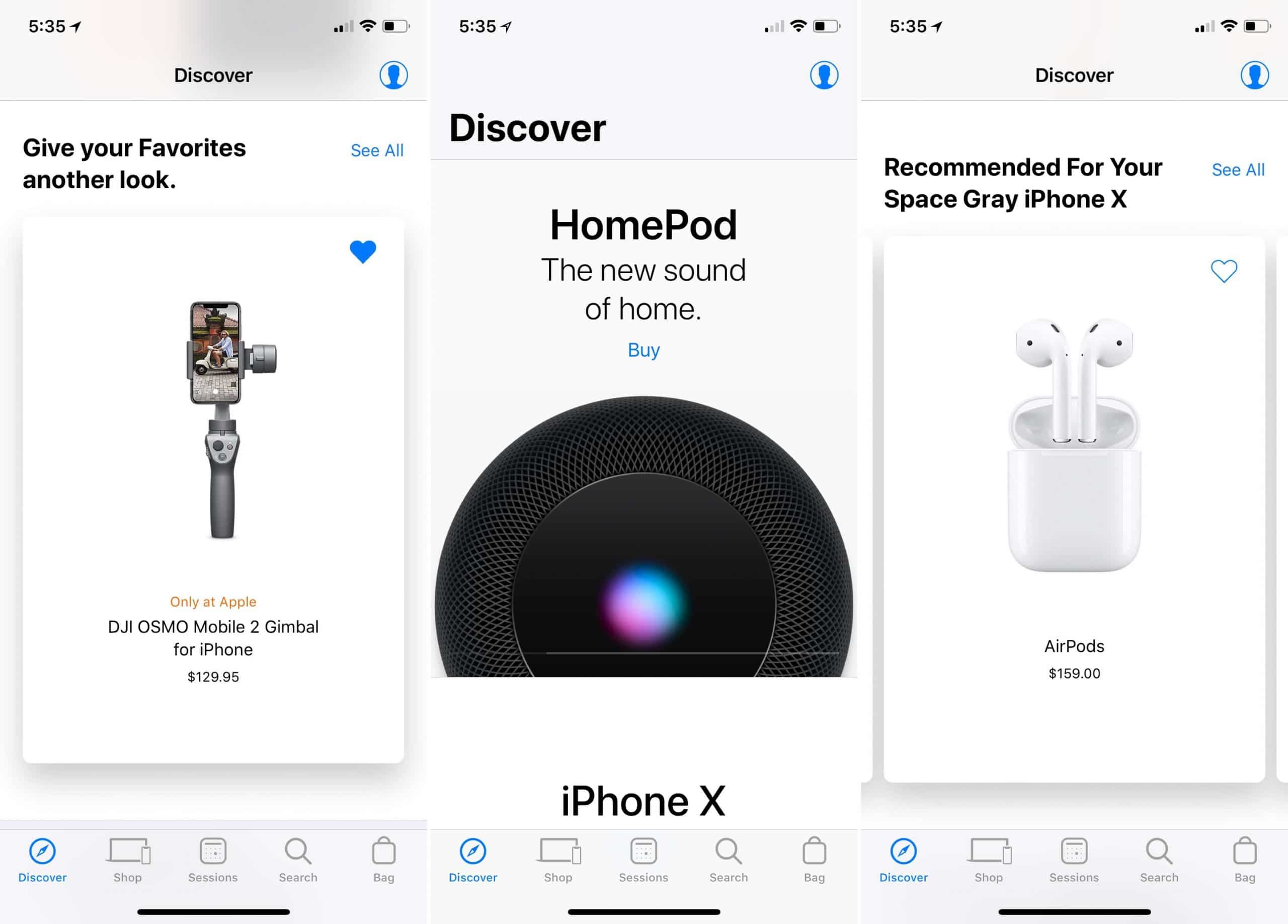You know consumer brands spend millions every year to attract, engage and retain their perfect customer, right?
In this process, they create highly targeted interactive ad campaigns and generate digital marketing and content marketing programs that speak to the consumer on a one-to-one basis.
So, what is their secret?
Well, these businesses develop these campaigns based on data collected throughout the customer lifecycle.
They also use this valuable intelligence to create personalized and targeted buying experiences.
The great news for you? Your business can do the exact same thing.
Here is our guide about the different ways to collect and use consumer behavior data (with examples from top consumer brands).
Enjoy!
- What Is Consumer Behavior Data?
- Why Should You Collect Consumer Behavior Data?
- How Do You Collect Consumer Behavior Data?
- How Do You Analyze Consumer Behavior Data?
- How to Use Consumer Behavior Data to Succeed in Your Marketing Strategies
- How Companies Benefit from Consumer Behavior Data?
- Wrap Up: Customer Behavior Data Continues to Evolve with the Changing Business Environment
What Is Consumer Behavior Data?
Consumer behavior data is what drives digital marketing activities.
It is a great piece of information about a customer’s buying habits. And it is collected every time someone orders an item online or visits a restaurant, for example.
Let’s think about convenience stores for a moment.
- Their owners can watch how their customers shop, what they buy, and how often they come into the store.
- They know their customers by their first name and probably know their children’s names and when their birthdays are.
- These business owners inherently know when to purchase the most popular items because they know their customer’s purchasing habits.
Now imagine gathering these types of information, but on a much larger scale. It’s pretty hard.
That is why eCommerce stores and retail chain owners need better ways to keep track of customer behavior.
And that’s where data collection technologies come in to capture how consumers are shopping and why they make their purchasing decisions.
Why Should You Collect Consumer Behavior Data?
First of all, to learn how your customers behave, you need to create a 360° view of the customer’s journey.
You start by understanding the types of factors that influence buying behavior.
We all know that the broadcast media and social media channels bombard consumers with digital marketing, branding, and content marketing messages to influence consumers.
But often, buyers make decisions based on referrals or suggestions from their peer group, family, or simply based on their likes and dislikes.
This brings us to the main point.
Collecting data about the individual consumer, how they make decisions, and why they purchase their products will help marketers create a more satisfying buying experience.
And trust us: a lot of it has to do with personalization.
Here are a few statistics. 75% of viewer activity on Netflix is driven by recommendation, and 35% of Amazon’s revenue is generated by its recommendation engine.
Impressive, don’t you agree?
Consumers are obsessed with technology and constantly demand a personalized experience across all communications channels.
In this context, marketers should collect and use consumer behavior data to create better experiences, optimizing all three stages of the customer lifecycle:
- The acquisition stage, when consumers decide which products to buy and where they will buy them.
- The engagement stage, that determines what channels and promotions will attract customers.
- And the retention stage, the process of pleasing customers and converting them into advocates for your brand.
How Do You Collect Consumer Behavior Data?
Simple.
↳ A customer relationship management (CRM) system collects and stores information about consumers.
This data includes personal demographics like job, age, and personal interests. The CRM also collects buying activities like what products were purchased and how much they paid.
Many brands track customer intent activities which help predict what products they are considering to purchase in the future.
Viewing certain websites or reading blogs to conduct research are all intent activities.
↳ Surveys and other types of marketing research tools also collect valuable opinions from customers.
Many brands use standardized surveys. One popular model is known as the Net Promoter Score.
Customer experience teams send periodic surveys via email asking consumers with they would recommend the brand to a friend.
There is a 1-10 scale indicating which customers are promoters (9-10), passives (7-8), or detractors (1-6).
↳ In addition, customer forums, social media channels, and focus groups are popular ways to collect consumer perceptions and attitudes towards the brand.
Not only can companies find out who their loyal customers are, but they can also target digital marketing campaigns to reward their promoters.
How Do You Analyze Consumer Behavior Data?
Ok, so now you have wonderful data on your hands.
Consumer activity and behaviors are being measured on your website and eCommerce platform using analytical tools, like Google Analytics.
And social channels such as Facebook and Twitter are providing their own valuable information through their data analytics platforms.
But let’s face it.
There are millions of transactions every minute, so is not easy to keep track of everything.
This is why many brands rely on consumer data analytics software to organize and report on buying trends for their products and competitors.
It is a smart way to put information in a format that company executives and marketing professionals can quickly digest.
The software can process large volumes of data and generate interactive reports and dashboards on a real-time basis.
As a result, decisions can be made quickly without worrying about a lag in information. This helps companies keep their campaigns fresh and relevant to their customers.
How to Use Consumer Behavior Data to Succeed in Your Marketing Strategies
The best advice we can give here is: listen to what your data is screaming.
Why screaming? Because we are living in an era of conscious consumers, where very little is tolerated by them.
People are not afraid to take a stand — and they will easily turn against unethical businesses.
Yes, using consumer data helps a company to create better, more personalized buying experiences.
But it also educates brands about behavior trends in a world of fast-paced changes.
It encourages businesses to become more transparent about their processes and rewards them for doing so.
In that way, consumer behavior data can really guide improved strategies that are more aligned to a new (and conscious) way of shopping.
How Companies Benefit from Consumer Behavior Data?
Here are some examples of big players using data in the right manner.
Apple

Apple is an excellent example of a company built on consumer behavior analytics.
In the early days of marketing, it understood the need to create a loyal customer base, even if that meant giving up market share.
As a result, Apple founder Steve Jobs didn’t share his operating system with other companies as Microsoft did with their MS-DOS system.
At first, many industry critics questioned this philosophy.
Still, as Apple expanded into the digital era, they took advantage of their loyal customers to dominate the downloadable music (iTunes), smartphones (iPhones), and tablet computer (iPad) product categories.
By harnessing data from music downloads and app purchases, Apple succeeds in creating personalized customer experiences.
Amazon

The key to Amazon’s success and domination in the eCommerce sector is its ability to recommend various products to customers based on several factors.
Of course, shopping and browsing activity is essential, but the types of products consumers buy and styles, colors, and features are also important.
So, what impact does the recommendation engine have on overall business?
You already know that: 35% of all sales are generated by the recommendation engine.
The data collected during the shopping experience is analyzed by an open-source artificial intelligence platform known as DSSTNE (pronounced “destiny”) that not only recommends products but decides which order to present them in.
Amazon continues to optimize the DSSTNE system to often promote less popular but more profitable products as part of their recommendations.
Netflix

Consumer behavior data drives the recommendation engine for Netflix, and their complex algorithms suggest content based on the behaviors of millions of viewers.
To expand their services into new regions, Netflix required vast amounts of data to feed the recommendation engine.
But the efforts paid off.
According to Neil Hunt, former Chief Product Officer at Netflix, their recommendation system saves $1 billion per year.
Wrap Up: Customer Behavior Data Continues to Evolve with the Changing Business Environment
In conclusion, companies will always need to understand who their customers are and how they behave when buying their products.
As the needs of the consumers sway with the economic and popular culture winds, business leaders need to keep aware of these changes in order to stay current and maximize their return on their digital marketing investment.
Technologies that collect, track, and analyze consumer behavior data can improve the shopping experience and help brands create products that resonate with their most loyal customers.
And you know what else can help you gather data? Content and interactivity.
Read about this in our post on how to get valuable information from your public with interactive content!








